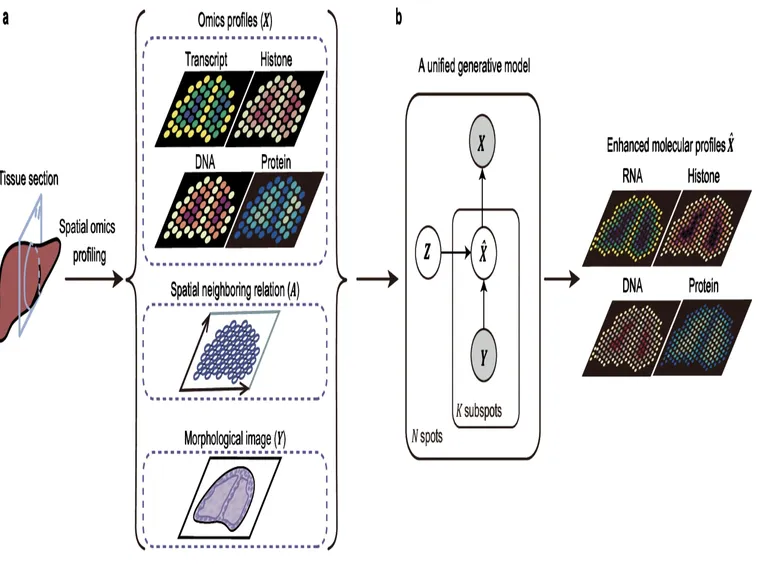Link to article
Citation
Khan, N. G., Eswaran, S., Adiga, D., Sriharikrishnaa, S., Chakrabarty, S., Rai, P. S., & Kabekkodu, S. P. (2022). Integrated bioinformatic analysis to understand the association between phthalate exposure and breast cancer progression. Toxicology and Applied Pharmacology, 457, 116296. https://doi.org/10.1016/j.taap.2022.116296
Abstract
Phthalates have been extensively used as plasticizers while manufacturing plastic-based consumer products. Estradiol mimicking properties and association studies suggest phthalates may contribute to breast cancer (BC). We performed an in-silico analysis and functional studies to understand the association between phthalate exposure and BC progression. Search for phthalate-responsive genes using the comparative toxicogenomics database identified 20 genes as commonly altered in response to multiple phthalates exposure. Of the 20 genes, 12 were significantly differentially expressed between normal and BC samples. In BC samples, 9 out of 20 genes showed a negative correlation between promoter methylation and its expression. AHR, BAX, BCL2, CAT, ESR2, IL6, and PTGS2 expression differed significantly between metastatic and non-metastatic BC samples. Gene set enrichment analysis identified metabolism, ATP-binding cassette transporters, insulin signaling, and type II diabetes as highly enriched pathways. The diagnostic assessment based on 20 genes expression suggested a sensitivity and a specificity >0.91. The aberrantly expressed phthalate interactive gene influenced the overall survival of BC patients. Drug-gene interaction analysis identified 14 genes and 523 candidate drugs, including 19 BC treatment-approved drugs. Di(2-ethylhexyl) phthlate (DEHP) exposure increased the growth, proliferation, and migration of MCF-7 and MDA-MB-231 cells in-vitro. DEHP exposure induced morphological changes, actin cytoskeletal remodeling, increased ROS content, reduced basal level lipid peroxidation, and induced epithelial to mesenchymal transition (EMT). The present approach can help to explore the potentially damaging effects of environmental agents on cancer risk and understand the underlined pathways and molecular mechanisms.




